Citroen Ami: How a tiny electric car became a favourite of students, eco-warriors and unlicensed drivers
Heralded as the new 2CV, made from the same plastic as Lego and with fewer parts than a bicycle, Anthony Cuthbertson takes a look at the new vehicle taking Paris by storm, which legally isn’t even a car...

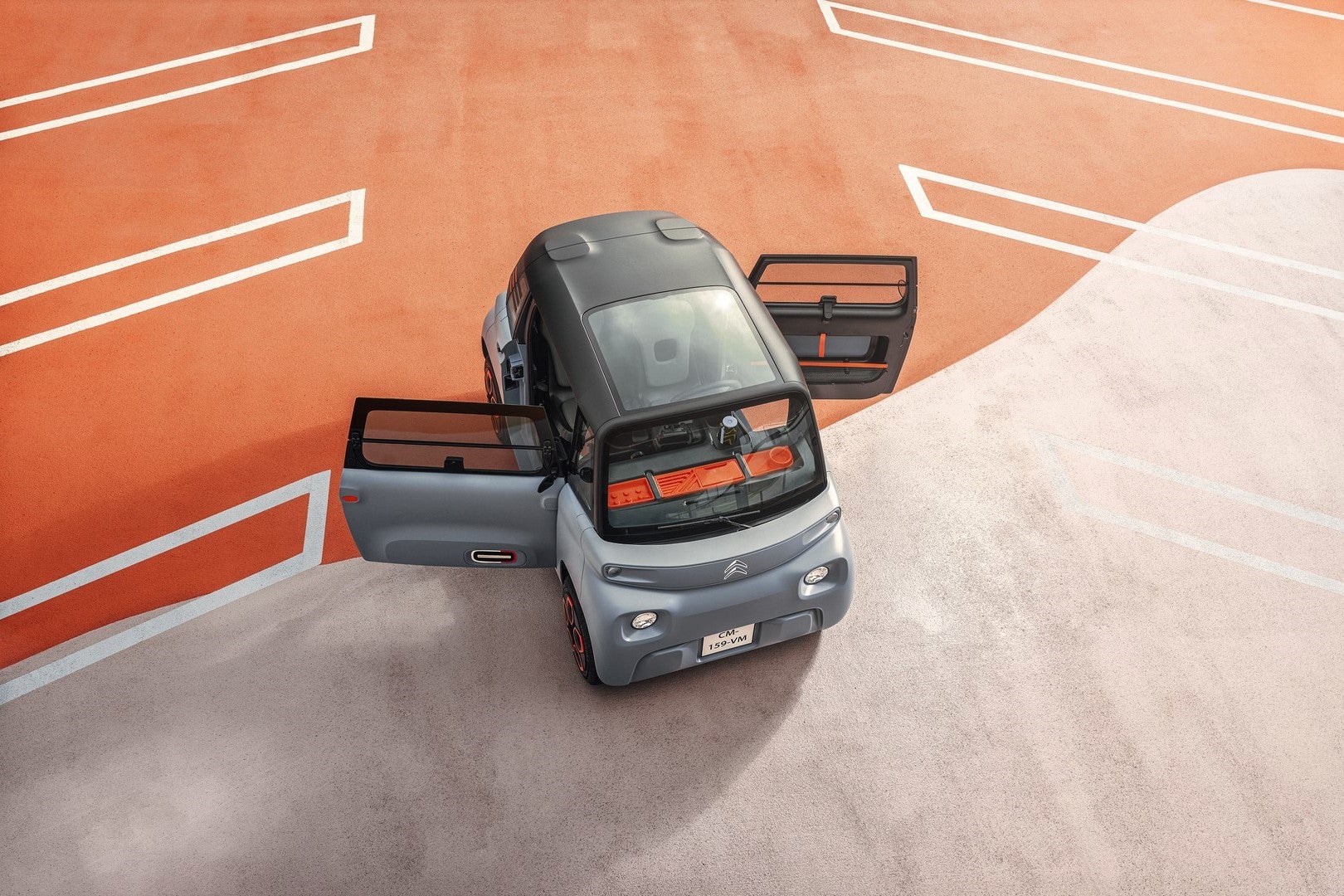
In the 1930s, French engineer Pierre-Jules Boulanger was driving down a narrow country lane when he became stuck behind a horse and cart. His frustration at the slow traffic was so great that when he returned to Paris he handed his team an unusually specific brief. He wanted a car that could “transport two farmers, 50 kilograms of potatoes or a barrel of wine… and in the back carry a basket of eggs without breaking them.” The specs also called for the vehicle to be fuel efficient, easy to drive and cheap.
What rolled off the assembly line a decade later was the Citroën 2CV: A car that proved so popular – not just among farmers – that it would remain in production for the next 40 years, selling more than nine million units worldwide. It became an icon not just for Citroën, but the entire country – as recognisably French as a beret or a baguette.
But unlike other car makers, who went on to remake modern versions of classics like the Mini or Beetle, Citroën never reimagined its most successful car. Instead, the 2CV’s eggs appear to now be placed in a brand new basket: the Citroën Ami.
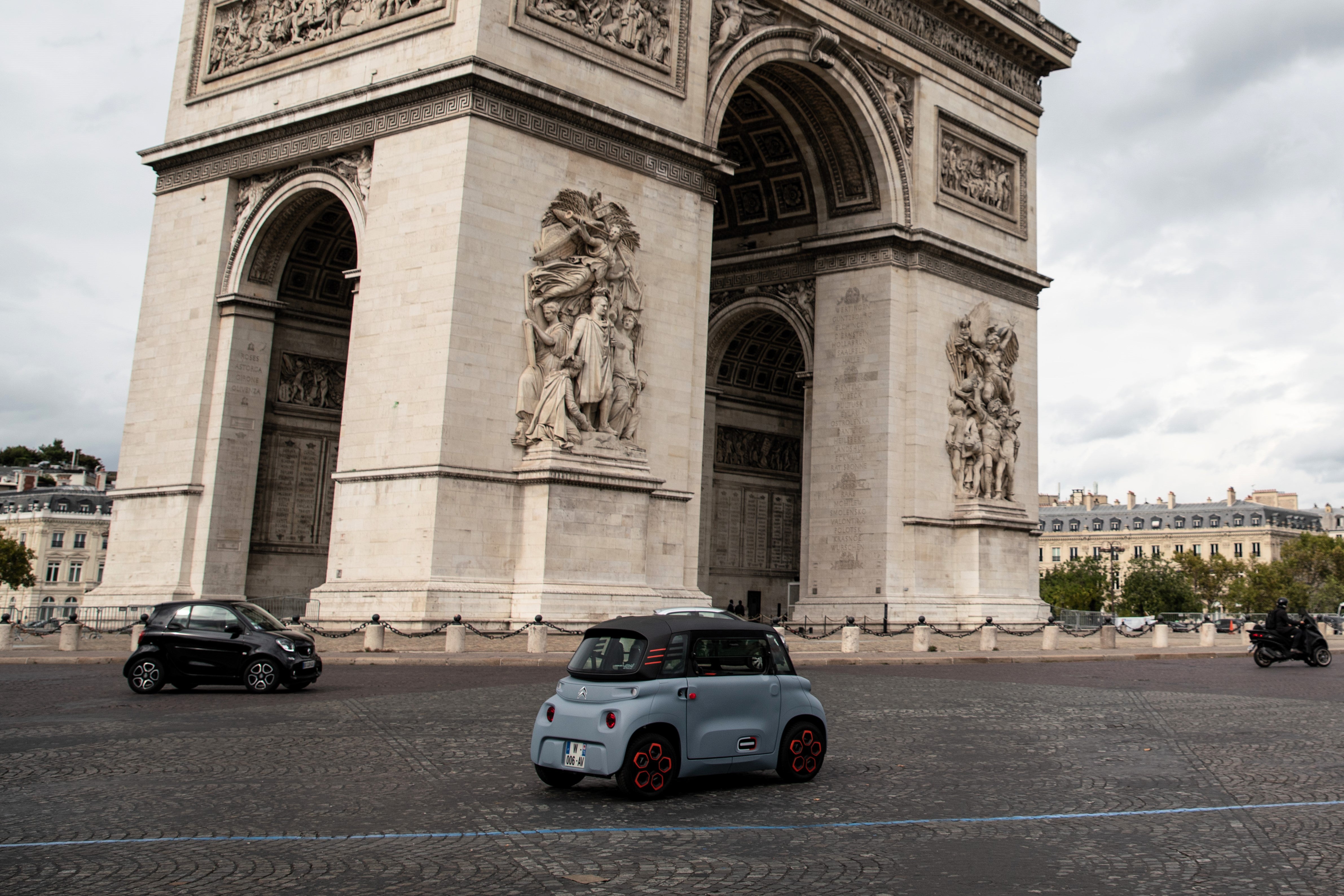
Coming into production in 2020 – almost exactly 30 years after the last 2CV rolled off the line – the Ami is already seeing a similar trajectory of success, becoming an increasingly common sight on the roads of French towns and villages as waiting times stretch from weeks to months. And with its global roll-out now underway, its creators hope it will one day become as iconic as its legendary predecessor.
Legally not even a car, the Citroën Ami is an electric quadricycle built for people to drive without needing a driving licence. A perfectly symmetrical chassis means only the colour of the lights and shape of the windows give any indication of which way the Ami is actually travelling. This gives it the aerodynamics of a washing machine, but this is no concern when the top speed is only 45kph.
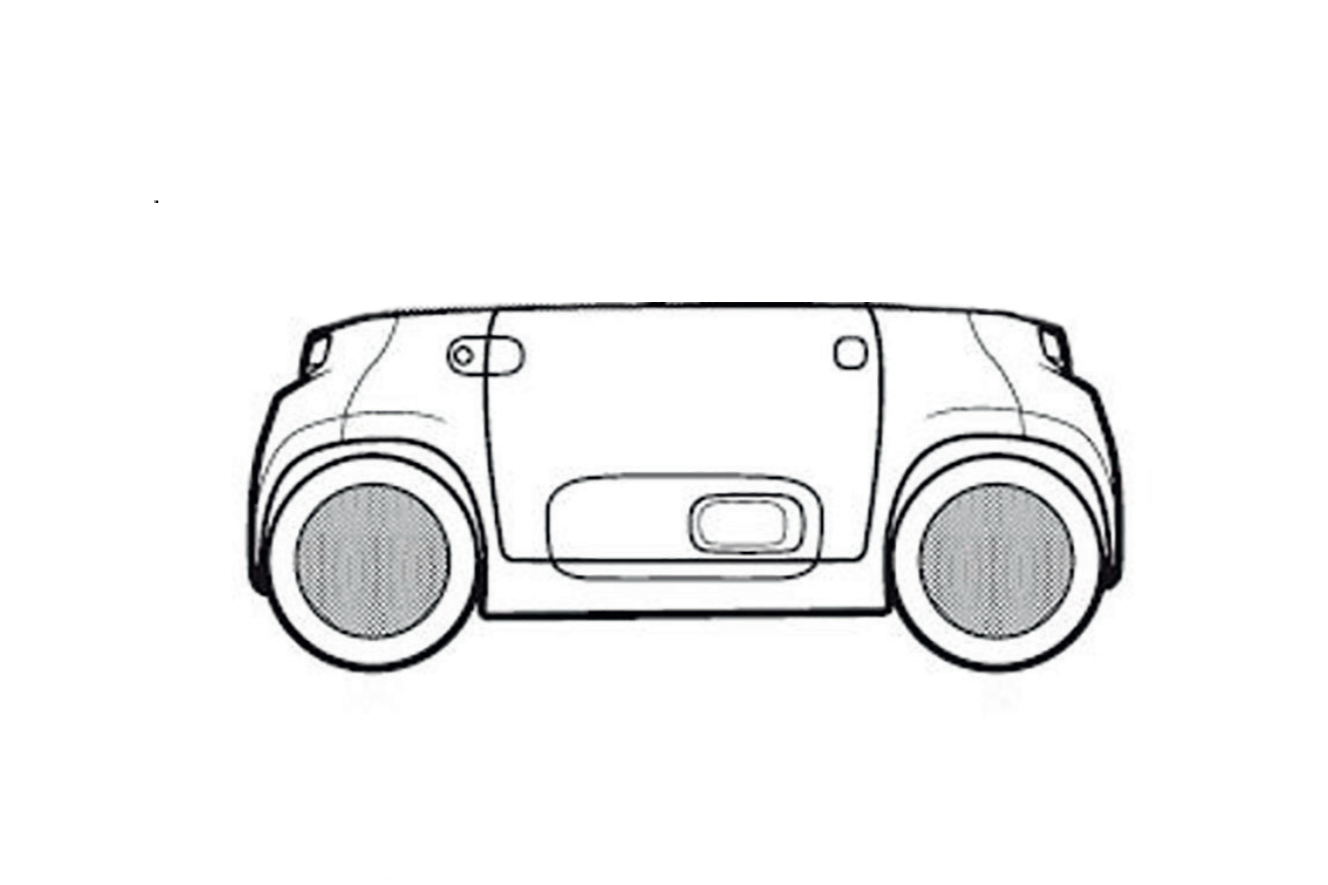
Led by Pierre Icard (which in a sublime case of nominative determinism is pronounced ‘E-car’), the Ami was built to be affordable, sustainable and simple, capable of meeting the needs of a new generation of road users.
"The story with the 2CV and the eggs speaks to the old society," Antoine Gaillot-Drevon, one of the designers of the Citroën Ami, tells The Independent. "For the Ami, the design spec is integrated in society’s current problems. In many countries, especially in France and Europe, a lot of polluting cars are banned from city centres. And with the Ami, you have the freedom of mobility because it’s electric – and not a car."
The design specs may be more modernised than those set out 80 years ago, but it offers something similarly unique to the 2CV. This has helped its appeal spread to an equally diverse range of customers, from elderly people looking for an easy way to get around, to those who have no licence – or lost it due to too many driving infractions.
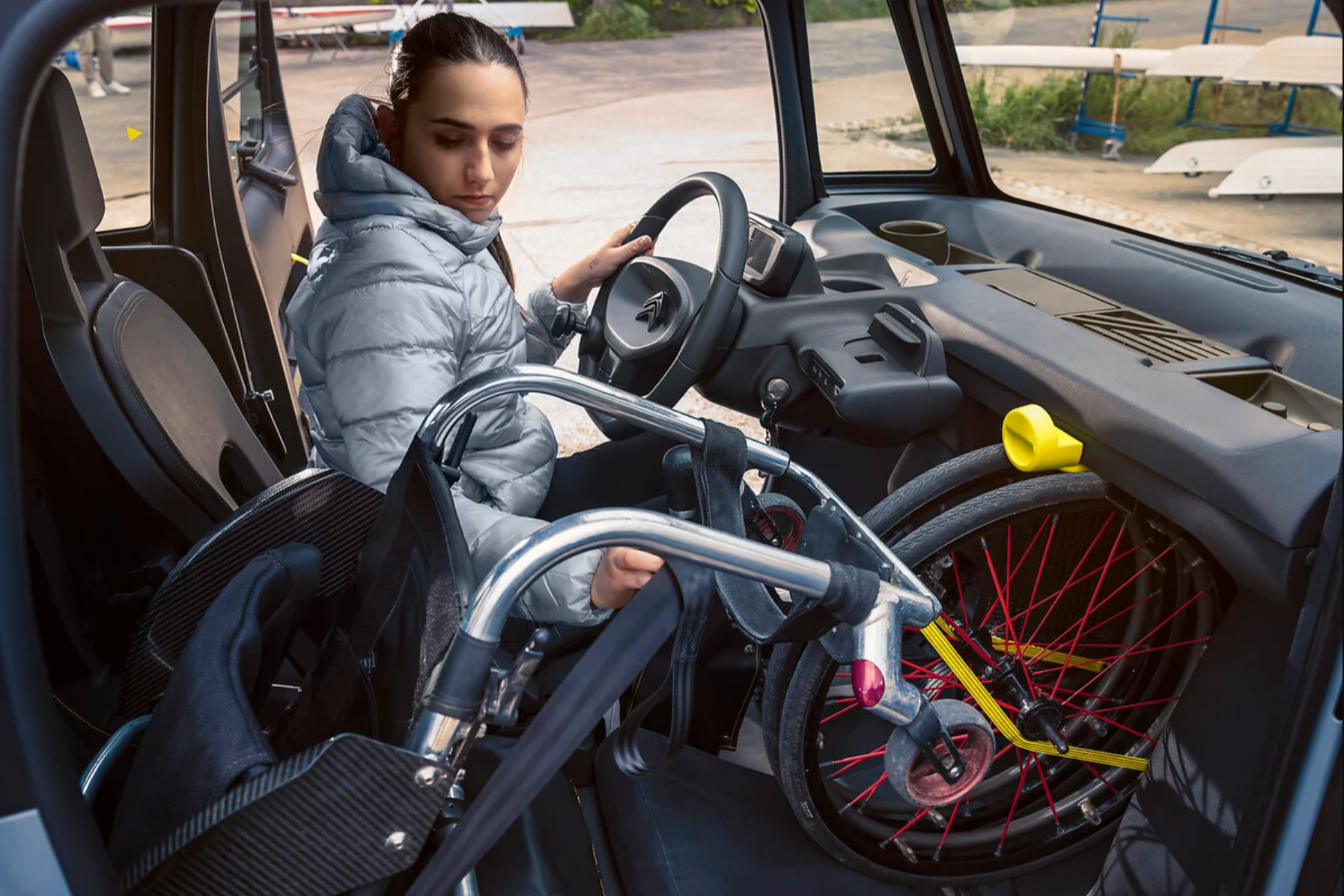
Even among the notoriously carphobic Reddit community r/f***cars, which counts nearly half a million members, several popular forum posts have praised the Ami for offering a non-polluting and safe solution for disabled people unable to walk, cycle or access public transport. This appeal even stretches to petrol heads, with Top Gear’s review reluctantly describing it as the "automotive missing link".
With young people increasingly disinterested in cars – the proportion of teenagers in the UK who can drive has halved over the last 20 years – the Ami has also proved to be a surprise hit with a new generation of road goers.
At the beginning and end of every school day in Deauville, the promenade outside the high school of the affluent Normandy town looks like a scene from the Italian Job, as pint-sized cars driven by children as young as 14 manoeuvre their way in and out of pavement parking spots.
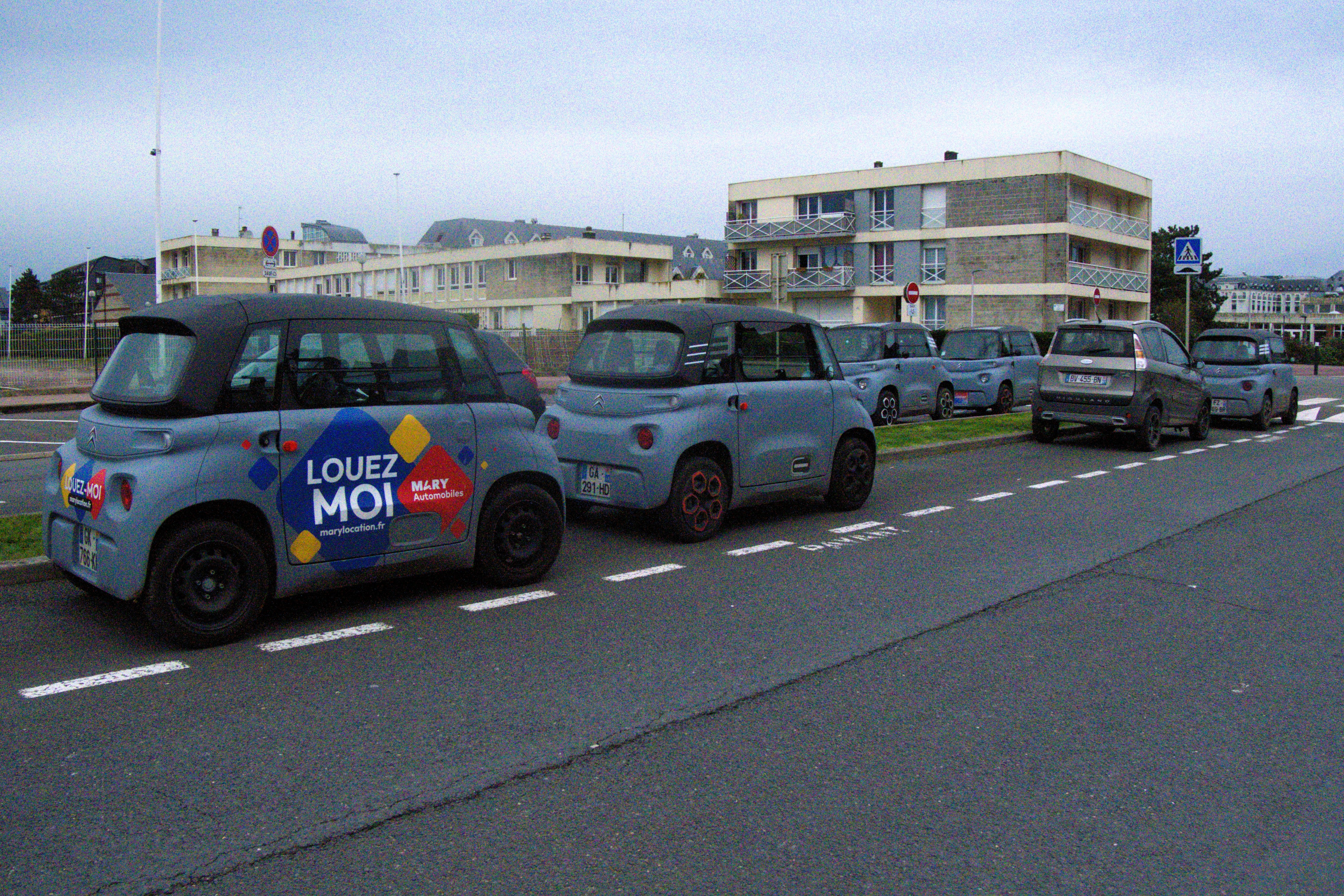
In nearby Lisieux, 48-year-old Gerald Mari pays €40 a month to rent an Ami after getting fed up with relying on local buses to get around. Without a full driving licence, he became one of the first ever drivers of the Ami after choosing it over a two-wheeled alternative.
"Unlike a scooter, it keeps me dry and has a place to put my shopping," he tells The Independent. "It’s also really fun to drive and costs just €1 for a full charge, which will take me 75km."
It’s not perfect, however, with Gerald noting that a lack of rearview mirror meant he had to buy his own. "Onboard heating is also not great for the winter," he says, "you need to wear a coat. Plus it can get pretty fogged up, and the top window can get annoying with the Sun shining through if you don’t add a sunlight protector."
Another design quirk is the inclusion of window flaps, similar to those found on the original 2CV. With an opening of just a few inches, passing through a drivethru requires opening the entire door to reach something.
These doors have their own peculiarity, with the symmetrical design meaning each one opens in a different direction. All of this helps to further reduce the cost of manufacturing the Ami, requiring less tools and fewer than 300 parts to put it together – about the same as the average road bike.

There is also no paint needed, with the colour injected directly into the ABS plastic – similar to that found in Lego – before it is moulded into the chassis. This gives it a single wet cement colour option, called ‘Blue Ami’, that hides all but the deepest of scratches.
For now the Citroën Ami has few rivals. Its headstart has given it a 75 per cent share of the electric quadricycle market in France, a spokesperson for Citroën tells The Independent, but others are on their way. Fiat unveiled the miniature Topolino earlier this year, which will launch in the UK next year, while other manufacturers have unveiled similar concepts.
With around 50,000 sales so far, the Ami has a long way to go before matching the success of the 2CV, but those behind it believe it is already on its way.
“Creating an iconic object was super important for us because it’s part of the Citroën DNA, it’s part of our heritage," says designer Gaillot-Drevon. “You can recognise a 2CV just from its silhouette. We wanted to capture the same feeling for the Ami, and it’s something I think we achieved quite well.
“We always dream of making the next icon for Citroën and the Ami is already one of ours. If the product is strong and people use it, it will stay an icon forever."
Join our commenting forum
Join thought-provoking conversations, follow other Independent readers and see their replies
Comments
Bookmark popover
Removed from bookmarks